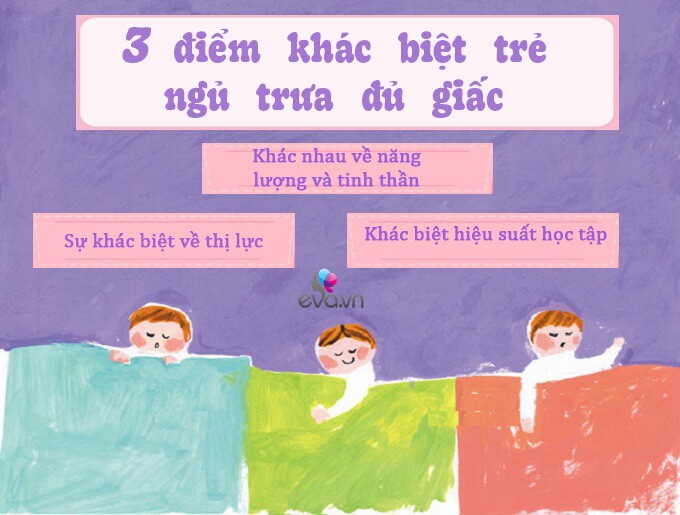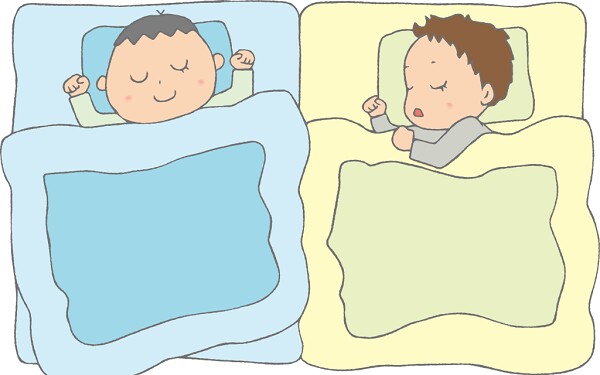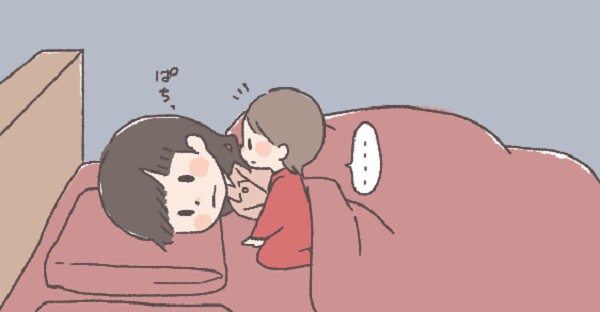Forming a napping habit can be challenging for some children, while others take to it easily. Many parents wonder if napping is beneficial and whether it has any impact on a child’s future development.
So, what are the differences between children who nap and those who don’t? According to experts, there are three key differences that become apparent once children start school.
Napping habits can have a real impact on children, and you don’t have to wait until they grow up to see the effects.


Energy and Mood Differences
Whether or not a child naps can significantly impact their energy levels and mood. Young children are typically very active in the morning, with fresh bodies and minds, resulting in good physical condition and high concentration.
During this time, they can enthusiastically engage in learning and play activities, exploring the world around them with curiosity. However, after a while, their energy levels start to dip. Many children who don’t nap tend to “zone out” in the afternoon or become groggy and unable to focus on learning tasks.

Napping helps children restore their energy.
On the other hand, children who nap regularly tend to have more abundant energy. Napping helps rejuvenate the body and mind, leaving them feeling refreshed and ready for afternoon activities. Research has shown that napping children usually have better concentration, memory, and a happier mood.
Furthermore, napping has a positive impact on children’s brain development. During sleep, the brain processes and stores information acquired throughout the morning. This helps children consolidate knowledge and improve their learning abilities. Therefore, in normal circumstances, encouraging children to nap can bring numerous benefits.

Vision Differences
At a recent sleep seminar, experts highlighted an important issue: children who don’t nap are more likely to develop myopia, while those who nap tend to have better eyesight. This is particularly concerning given the rising prevalence of myopia as a serious health issue among children.
In reality, napping gives the eyes a chance to rest and recover. When children stay awake for extended periods without rest, their eyes work continuously to focus and adjust during activities like reading, watching TV, or playing games. This can lead to eye strain and dryness, negatively impacting vision over time.
Napping reduces eye strain, facilitating recovery and improving distance vision while lowering the risk of myopia. Additionally, during sleep, the body produces growth hormones that support the development of various organs, including the visual system.

Napping children often have a better state of mind.

Mental Agility and Academic Performance Differences
Many people find that skipping a nap makes it hard to concentrate in the afternoon. A task that initially took a second to respond to may now take 3 to 5 seconds or even 10 seconds to decide.
This is because the brain is processing a lot of information and is under stress without timely rest. Several studies have shown that nappers often exhibit better mental performance and sharper thinking in the afternoon. This is because the brain gets a short break and recovers to a certain extent.
One study indicated that napping could reduce physical stress and fatigue, giving children more energy for thinking and learning in the afternoon. When physical exhaustion is alleviated, children can concentrate and think positively, demonstrating improved problem-solving abilities. Therefore, in normal circumstances, children who nap tend to be more mentally agile.

Parents shouldn’t force their children to nap if they’re resistant.
From this perspective, napping appears to be a beneficial habit for all children. Of course, everything has two sides.
While a short nap significantly influences a child’s mental state and academic performance in the afternoon, it doesn’t mean that all children should nap. If a child exhibits the following behaviors, parents shouldn’t force them to nap.
– After napping, the child struggles to fall asleep at their regular bedtime or experiences reduced sleep quality at night. This indicates that they are already getting sufficient sleep at night, and napping disrupts their daily routine.
– The child doesn’t nap but remains energetic in the afternoon without noticeable sleepiness. Some children are naturally very active and don’t require a nap to adjust.
– The child expresses a clear dislike for napping. In this case, forcing them to nap may negatively impact their mental health.







































